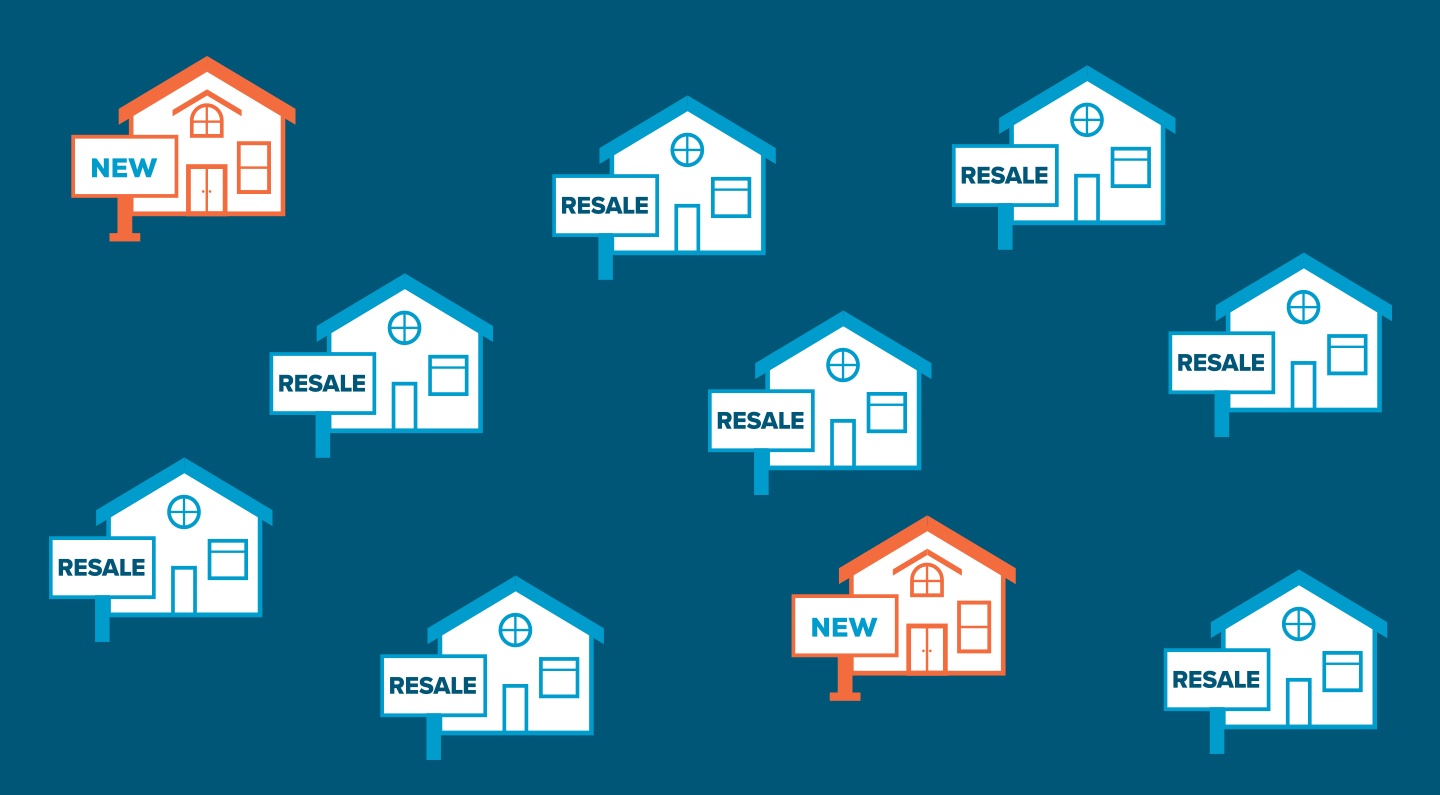Digital Marketing in Transition: Privacy Prompts Adaptive Marketing
iOS 14.5 is already an old update, but its changes will resonate for years to come.
Changes that give users more control over their information through advanced privacy settings.
Changes that impact how marketers can target their marketing and analyze the results.
And more changes are on the way from Apple, Google, and others.
This is the beginning of a new age in digital marketing: a time of adaptation to a new normal.
A time that attempts to perfect the balance between user privacy control and marketing’s ability to deliver more personalized content.
Let’s explore what’s changing, how it affects what we’re currently doing, and what we think the future will hold for digital marketing in the new era of privacy.
The new era of privacy
Apple seems to be at the forefront of the privacy revolution, if only because it is the first to get news by putting a big piece of privacy technology into practice. It came with iOS 14.5, and Apple calls it App Tracking Transparency.
App Tracking Transparency changes add tracking in iOS to an opt-in arrangement, where apps request permission to track explicitly detailing what information they’ll collect and how it will be used. As of the time of writing, the global weekly opt-in rate is 14%, with the U.S. average being half that. Most iOS users don’t want to share their data.
Google (shortly after Apple announced the privacy changes in iOS 14.5) had its own bombshell news: it was going to totally dump third-party cookies in its Chrome browser (approx. 66% of all browser usage) by late 2023 (it was 2022, but Google realized they needed more time to work on their next step— basically saying, “we’re going to hold off on protecting your privacy until we can figure out how to violate your privacy”). And more than that, there were no plans to replace cookies with “alternate identifiers” to track individual users. Those last two words were very carefully chosen, and you’ll learn why in the next section.
Needless to say, App Tracking Transparency and the death of third-party cookies in Chrome (which were already dead in Firefox and Safari) is going to majorly impact all of digital marketing. Campaigns and ads not only lose the ability to granularly target users based on cookie data, but also all the important metrics that are generated from tracking those campaigns and ads.
And since metrics are what makes the marketing world go ‘round, what’s a marketer to do? Is the future bleak? Of course not. Because marketers are nothing if not adaptive. Which is why we’re calling the next section where we discuss what everyone is planning to do next: adaptive marketing.
Adaptive Marketing
Ad revenue brings in billions of dollars, so don’t think that Apple and Google are just leaving all that money behind. What they are attempting to do is preserve that revenue stream while providing (or appearing to provide) more privacy for their users. And they are going about this duality in different ways.
Apple is, since iOS 14, using something they call their SKAdNetwork, but it wasn’t until iOS 14.5 that it really became energized. SKAdNetwork is a means to deliver mobile ad performance data without sharing user-level data (IDFA—Identifier for Advertisers—the thing that really tracks you).
It’s simply complicated, but the essence of the process is: ad and campaign IDs are attached to an ad click, extra IDs are attached when a conversion happens, and all this (again with no user-level information) is reported 24 hours later (the time offset is to prevent time stamp correlation). SKAdNetwork removes[DSC1] the middleman, in a sense, letting us analyze how our ads are working in a way that preserves user privacy.
As stated before, Google will be ending the use of third-party cookies: a technology that drives their lucrative ad revenue. And with over 80% of their entire revenue based on ads (approx. $118 billion in 2020), Google will not just give that up. Developed in their Privacy Sandbox, Google has been testing FLoC (Federated Learning of Cohorts). Like Apple’s SKAdNetwork, FLoC works to remove user-level data while personalizing ad content.
FLoC works like this: the websites you visit inform your browser of your interests and machine learning assigns you a cohort (fancy name for an interest group). You become an anonymous part of that group (which adds a second layer of anonymity by using small identifiers vs. descriptive words), which can then be marketed to. These cohorts are reevaluated weekly, to ensure you are delivered personalized marketing that most coincides with your current interests.
Google says their tests indicate that FLoC would “generate at least 95% of the conversions per dollar when compared to cookie-based advertising.” However, Google has since said their FLoC test is concluding and will be analyzed: “[Google plans] to conclude this origin trial in the coming weeks and incorporate input, before advancing to further ecosystem testing.” Does this mean FLoC won’t be used in the future? Or will FLoC 2.0 be Google’s next step? Unfortunately, these are questions only Google can answer at the moment, but we will be watching, learning, and adapting.
Facebook has another strategy to continue their ad revenue empire (Q4 2020 was up 31% YOY to almost $20 million) without breaching the trust of user privacy. They’ve created Facebook Viewpoints: an app that pays users to complete surveys, task, and research. Users opt in to each program, agreeing to share different amounts of personal information. This information is aggregated into anonymized pools of data which is then used for marketing purposes. In fact, one section of Viewpoints’ data policy explicitly gives Facebook permission to general information (account info, payment data, device data) to personalize your experience—including ads—amongst Facebook products and platforms.
There’s another ad-targeting technique that we need to mention, but it isn’t smiled upon by the majority of responsible marketers: fingerprinting. Fingerprinting has been around for quite some time. It insidiously associates cross-device data collected from various commonplace sources to composite a very thorough, often invasive, online portrait of you: one that unscrupulous companies use to target users. As digitaltrends points out, fingerprinting can subvert any online safeguards used, and can track you (in 26% of cases) for up to 100 days. In short, fingerprinting upsets the balance of user privacy and personalized marketing, casting a shadow on the standard, more respectful methods all us responsible marketers use.
We’ve reviewed some of the strategies Google, Apple, and Facebook are planning and possibly planning and mentioned a tactic that we’re all working to avoid—and this is how the big companies are changing their user privacy and ad marketing strategies. But this doesn’t mean everyone is only beholden to their practices. First-party data collection is more important than ever right now, which is why 88% of companies are making a high priority in 2021. First-party data collection is when you collect the data yourselves—a customer exchanging an email address for more information or access to your website, for example.
This is a more intimate and direct approach, but it works. Edelman’s 2021 Trust Barometer shows that businesses are more trusted than ever by consumers: 61% worldwide reporting actual trust, versus the indifference felt to governments, non-government organizations, and the media. And with more trust comes a bigger willingness for consumers to opt in to share information, which we can then use to deliver more personalized marketing.
Resetting the baseline
A lot has changed and will be changing in the next year. With Apple’s changing policies and Google joining the drop of third-party cookies, we’ll have less granular targeting as marketers. Or, at least that’s how it appears now. We will also no longer have real-time reporting because, as stated above, time delays are an easy solution to help dissociate information from user to preserve privacy. We will be finding our new normal.
Our new baseline might involve less personal information provided by third parties, but everything provided will be able to be used. And what isn’t provided will also be valuable. That is, we will make connections based on what is not shown as much as what is shown. If someone is using an ad blocker, for example, that gives us insight into their preferences. It’s like discovering a black hole by observing and analyzing what that bit of space is not doing.
We will lean on first-party, opt-in data collection. Not only does first-party data instantly confer a measure of trust, it also provides information for added personalization. In Everage’s 2020 Trends in Personalization Report, 78% find personalization to have a strong to extremely strong impact on advancing customer relationship—including, 64% seeing increased conversion rates and 55% seeing increased visitor engagement. By collecting information directly from our audience, we can use that to give them a better experience.
One thing we can’t fully predict is how and when Apple, Google, Facebook, and every other platform that values marketing dollars will adapt their reporting to provide actionable metrics. But we know they will. Google, for one, is already working through a new analytics platform that will be able to provide insight into how ads perform in the new normal.
So, the future of digital marketing will be a bit bumpy in the short term, but promises to yield better rewards long term. The privacy-focused, opt-in nature of what’s coming should elicit more trust from users. And even if it’s anonymous and aggregated, usable data will still be flowing in. We will continue to incentivize, contextualize, and analyze our digital marketing to ensure the maximum conversions for our clients. It’s what we do.









